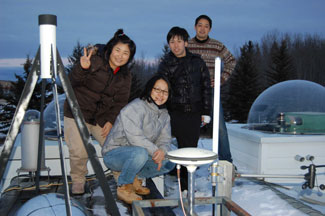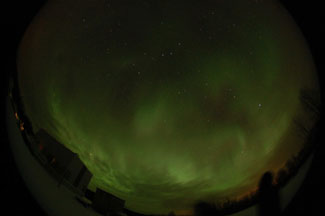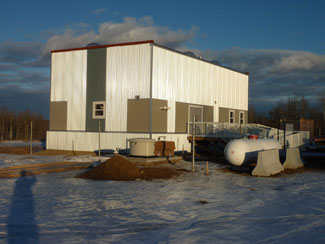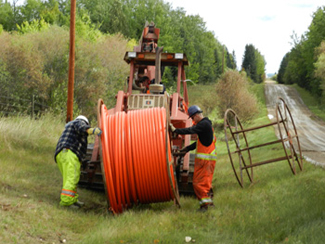News
AUGO II is Operational
March 13, 2012


AUGO II, roughly 25 km southwest of the town of Athabasca, hosted a group of four space physicists from Nagoya University's Solar Terrestrial Environment Laboratory (STEL) February 16th to 26th. The 10-day science campaign, headed by Dr. Kazuo Shiokawa, coordinated with a second campaign based in Fort Vermilion, Alberta, to study the phenomenon of pulsating auroras.

AUGO II is a state of the art, 3200 sq ft facility that is a combined science research space and residence, designed to host small research groups for extended periods. The AUGO II observatory is founded and directed by Dr. Martin Connors, who has studied the science of auroras at Athabasca University for over 20 years. With the acquisition of new generation instruments and a secluded observation site free of light pollution, AUGO II will investigate the nature of proton precipitation auroras, informally referred to as blue auroras. Notoriously difficult to detect from the ground, they emit a tenuous blue coloured light, spectrally described as the 486.1 nanometre H-beta line. New research infrastructure, such as AU's newly installed electron multiplied CCD (EMCCD) high-resolution all-sky imager, will help define AUGO II's focus on magnetics and H-beta imagery, providing a training ground for the next generation of space physicists.
Current Status of the AUGO II New Observatory
September 21, 2011


- Underground power being trenched
- Building shell is constructed (lower and upper floor)
- Fiber optic cable being trenched (13 km) by TELUS
- Network funded by CANARIC will be connected by October
Updated December 02 2013 by AU Geophysical Observatory